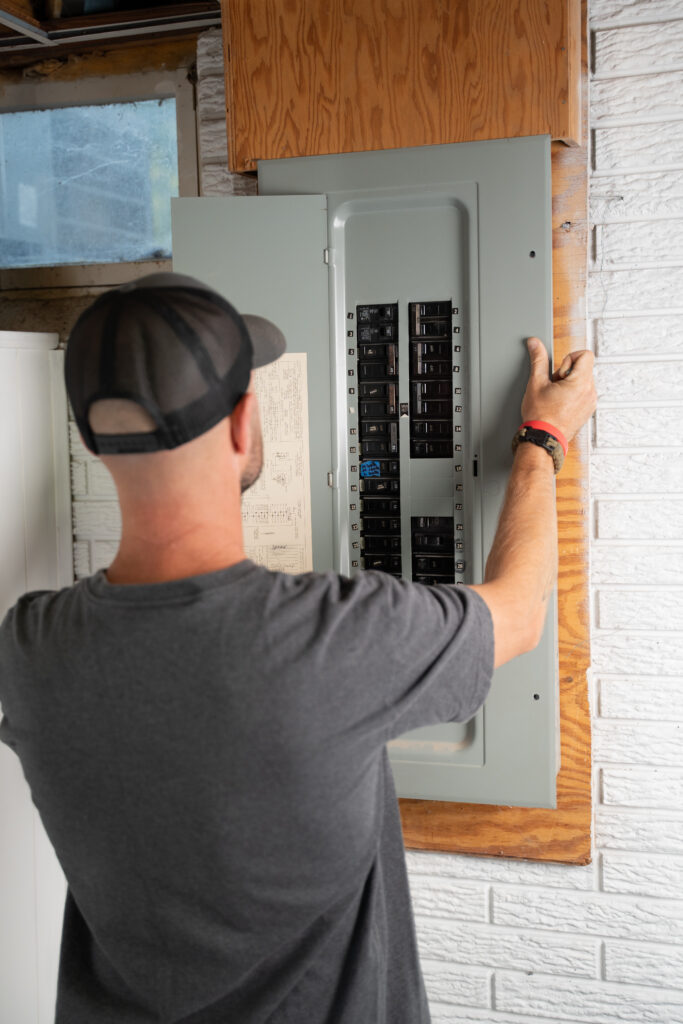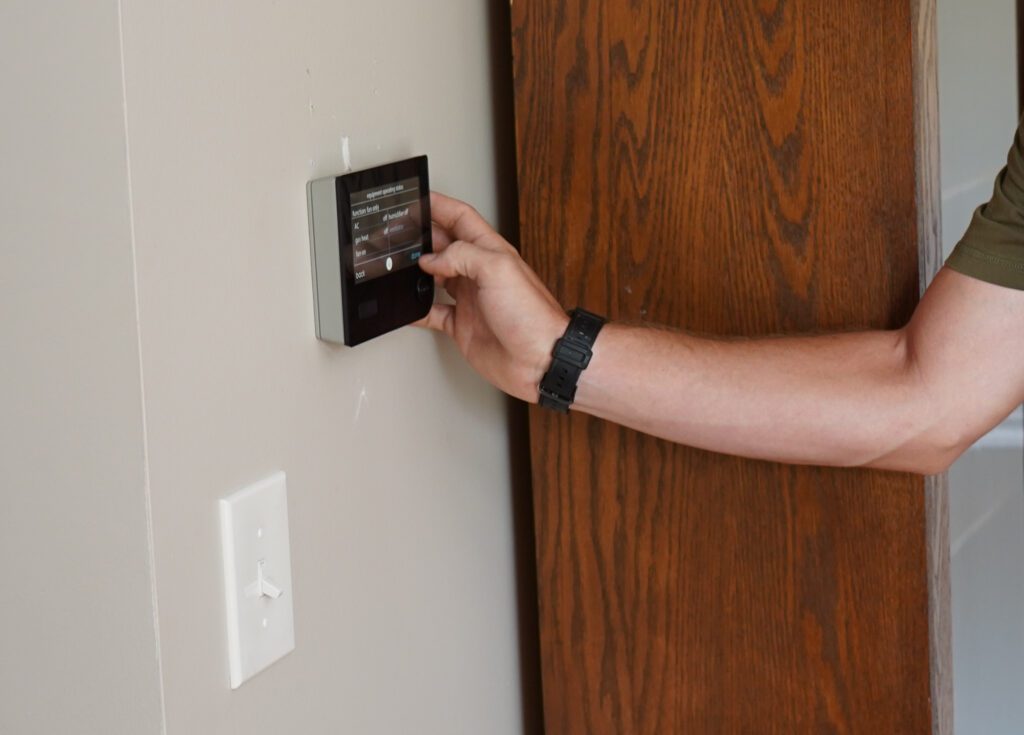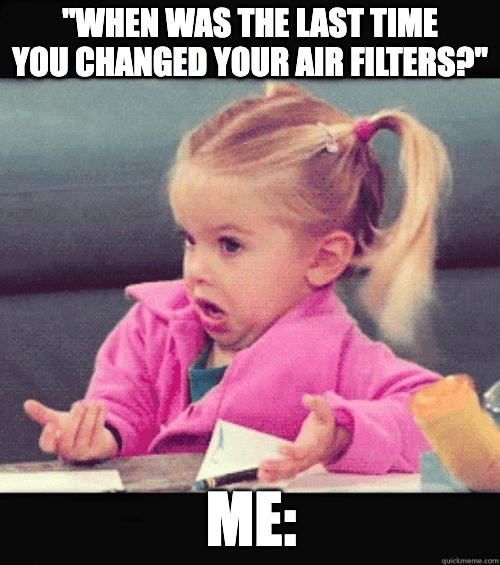If your furnace isn’t turning on, there’s no need to worry; we have some basic troubleshooting steps you can try. With winter upon us, your heating system is essential for maintaining a warm and cozy home. As a homeowner, encountering a non-functional furnace can be quite concerning.
Before you consider calling your Newark-Heath Heating & Cooling professionals, remember that several common issues could be causing your heating system to malfunction. Here’s a straightforward troubleshooting list to help you identify and address the problem.
Check the Power Source if Your Furnace Is Not Powering On
The first step in troubleshooting is to verify the power source. There are two main power sources to check, depending on your furnace type: the circuit breaker and the gas or oil supply.
The Circuit Breaker: For electric heating units, checking the circuit breaker is crucial. It’s possible that the circuit breaker for your furnace has tripped, cutting power to your heating system. Inspect your electrical panel for any switches that are in the “off” position or between “on” and “off.” Occasionally, a breaker switch may appear to be “on” but is actually positioned in a way that it is turned “off.”

To resolve this, reset any tripped breaker switches by flipping them fully to “off” and then back to the “on” position. However, if the breaker trips again, there may be an underlying electrical issue that requires professional attention. Additionally, circuit breakers can wear out over time, so if this is a recurring issue, consulting with a professional about circuit breaker repair or replacement may be advisable.
The Natural Gas or Oil Supply: For fuel-operated furnaces, a steady supply of fuel is necessary for operation. Issues such as a closed valve or an empty oil tank can prevent your furnace from turning on. While it is safe to check if the gas valve is positioned correctly, professionals should address any concerns about gas pressure.
Check the Thermostat If Your Furnace Is Not Powering On
First, let’s examine the thermostat, as it serves as the command center for your HVAC system. If your furnace isn’t functioning, the solution may lie in a simple adjustment of the thermostat. Ensure that it is set to “heat” and that the temperature setting exceeds the current room temperature. This will allow your heating system the opportunity to achieve the desired temperature.

Occasionally, the thermostat may not perform as expected. This can happen, so check the batteries (if applicable to your model) and replace them as needed. If the thermostat continues to be unresponsive, it may require assessment by an HVAC technician for a proper diagnosis.
Check the Air Filters If Your Furnace Is Not Powering On
Next, consider the state of your HVAC system’s air filters. Although it may seem minor, a clogged air filter can significantly hinder your furnace’s performance. A dirty air filter, loaded with dust and other airborne particles, restricts airflow, causing the furnace to overheat and shut down for safety reasons. Therefore, checking your air filters is a prudent step if the issue persists.
If the filter is dirty, replace it with a new one. It is highly advisable to change the air filter regularly—ideally every 1-3 months—as this can enhance your HVAC system’s efficiency and extend its lifespan.

Check if the Ducts are Blocked If Your Furnace Is Not Powering On
Blocked or obstructed ducts can also impede your system’s operation. When airflow is restricted, it signals the furnace that something is amiss, prompting it to shut down. For instance, if objects have fallen into the ductwork, some furnaces may enter safety mode and refuse to turn on.
This response is a safety mechanism designed to prevent carbon monoxide poisoning in the home. While certain conditions must be met for this to occur, prioritizing your safety is essential, so addressing any obstructions promptly is advisable.
Check the Drain Pan If Your Furnace Is Not Turning On
Modern units include safety features that can affect their operation. For example, if a drain pan accumulates excessive moisture, it may trigger a safety switch that prevents the furnace from functioning. If your issue remains unresolved, locate the drain pan (usually positioned beneath the furnace) and carefully empty it if it is full.
If you notice that the drain pan fills frequently, this may indicate a problem with your HVAC system’s drainage, which would warrant professional attention.
Let’s Wrap It Up
A heating system that won’t turn on can be frustrating; however, this issue is often resolved through the troubleshooting steps outlined above. By checking the circuit breaker, thermostat, air filter, ducts, drain pan, pilot light, and fuel supply, you might identify and rectify the problem independently.
Should these measures not resolve your furnace issues, remember that your Newark-Heath Heating & Cooling team is always available to assist you. With our expertise in furnace repair and maintenance, we are equipped to restore your furnace to optimal operation promptly.
Your comfort and safety are our top priorities, and at times, expert assistance is the most effective solution. Do not hesitate to reach out to us. Call Newark-Heath Heating & Cooling today at (740) 212-5849, or schedule an appointment now by clicking here!






